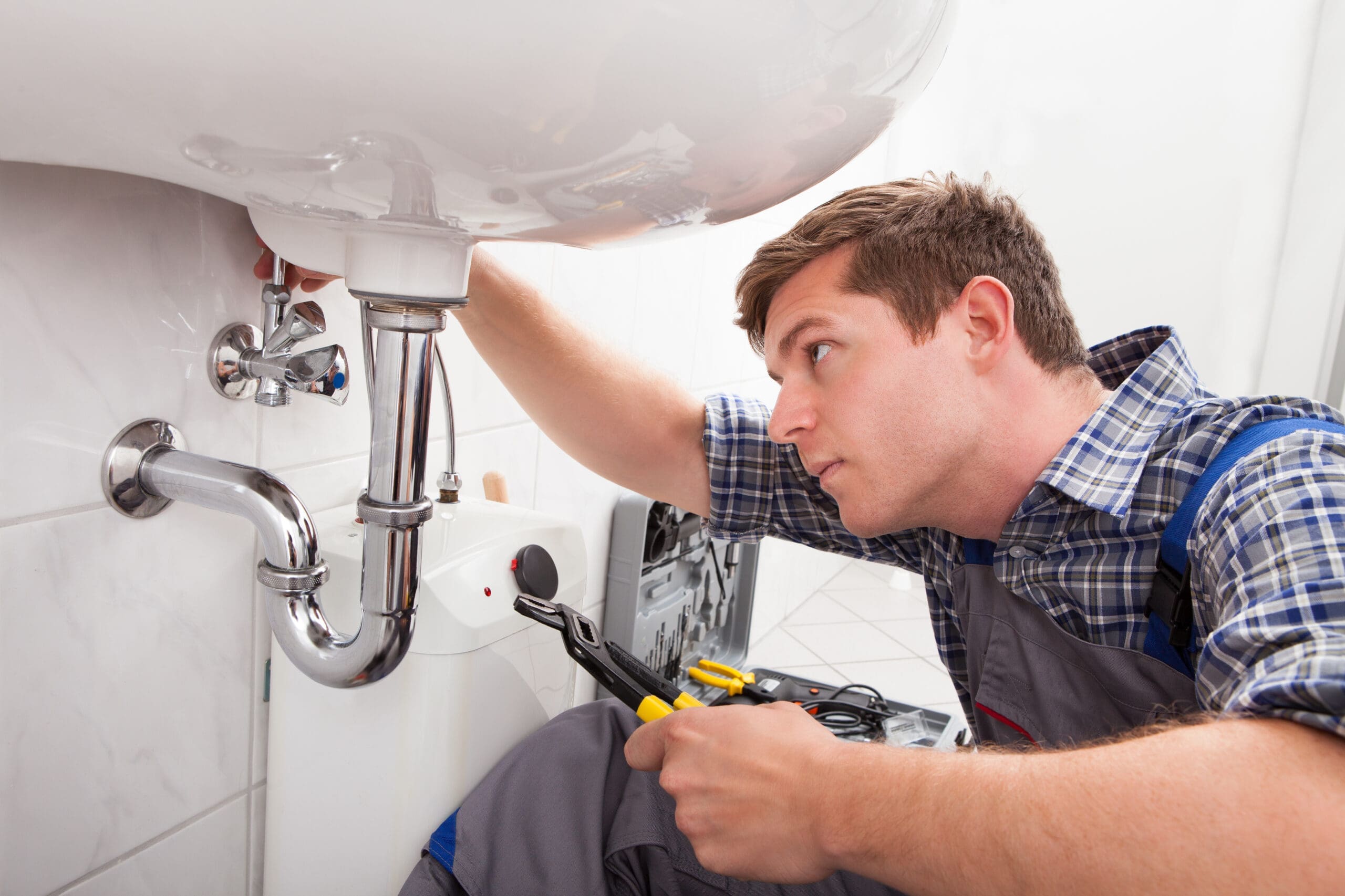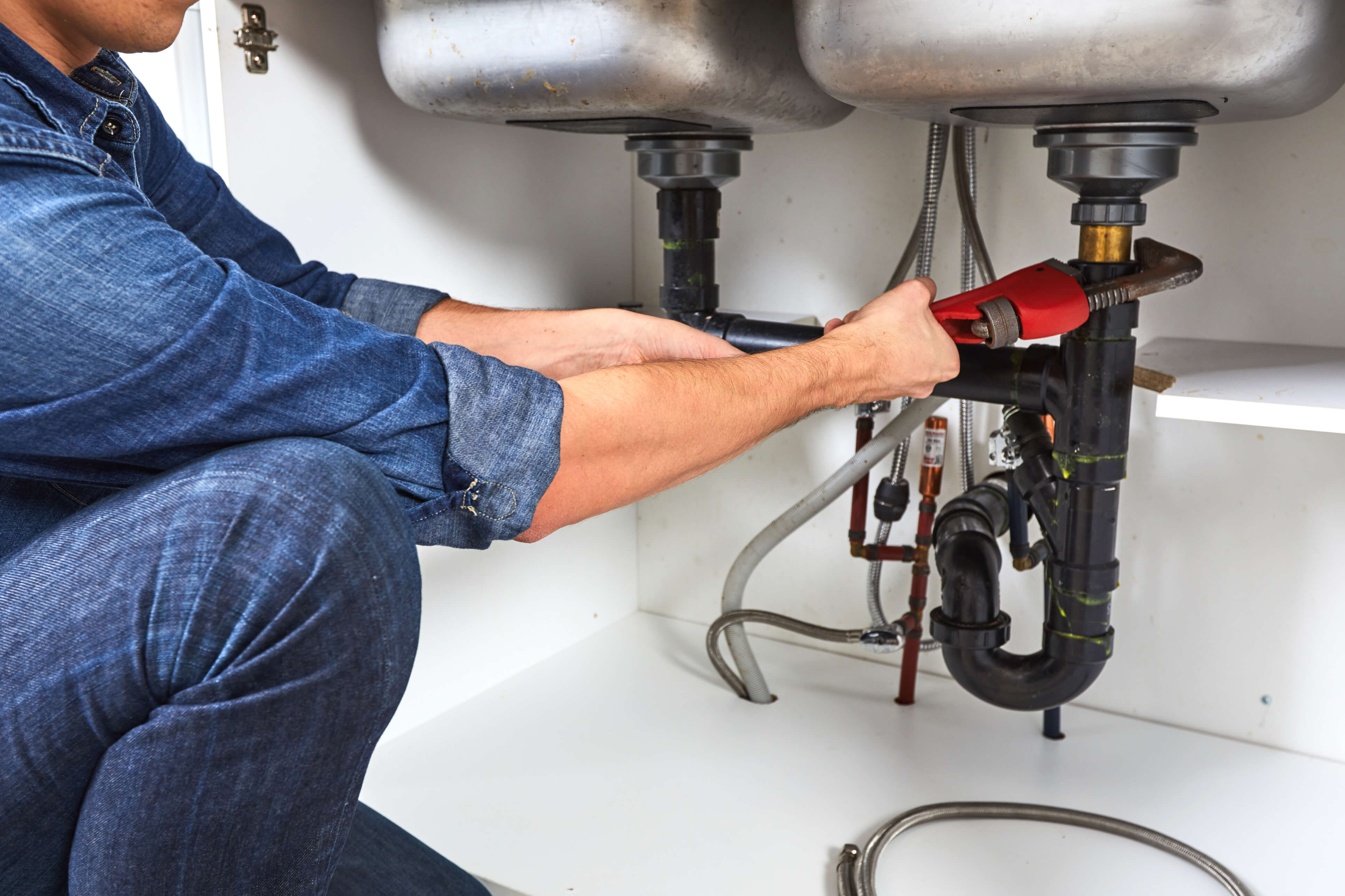Just about everyone will have their own unique conception in relation to DIY Plumbing Projects and When to Call a Professional.

Introduction
Plumbing problems can vary from small aggravations to significant frustrations, usually triggering house owners to decide in between tackling the issue themselves or calling in a specialist plumbing. Understanding when to do it yourself and when to look for expert help can save time, cash, and stop possible disasters. This short article explores the elements to take into consideration when making this vital choice.
Benefits of DIY Pipes
Tackling pipes jobs on your own can be rewarding in numerous ways, particularly for easier tasks.
Complexity of Tasks
Some plumbing concerns need specialized knowledge and devices beyond regular property owner capacities. Mishandling complex troubles can bring about further damage and pricey repairs.
Safety and security Problems
Collaborating with plumbing systems involves risks such as direct exposure to water damage, capacity for electric dangers, and managing tools inaccurately. Safety and security preventative measures need to be observed to stop accidents and make certain effective repair work.
Indicators to Call a Specialist Plumbing
Acknowledging when a pipes concern surpasses DIY abilities is critical to avoid intensifying issues.
Indicators of Facility Concerns
Examples include:
Prompt professional intervention is needed to attend to these concerns efficiently and reduce damages.
Do It Yourself Plumbing Tips
For effective do it yourself pipes, it's vital to be prepared with the right tools and adhere to appropriate treatments.
Fundamental Devices and Materials
Key tools for DIY plumbing:
Step-by-Step Guides
Clear instructions make sure risk-free and reliable DIY repair services:
Selecting the Correct Time to Do It Yourself
Determining when to deal with pipes tasks yourself requires evaluating both the complexity of the problem and personal comfort levels.
Assessment Checklist
Take into consideration:
Expense Financial savings
DIY pipes projects usually save money by staying clear of professional service fees. Tasks like taking care of small leakages, replacing taps, or mounting new showerheads are examples where house owners can take care of repairs without working with a plumber.
Ability Improvement
Participating in DIY plumbing offers a possibility to discover and boost functional abilities. Standard tasks empower property owners to understand their pipes systems much better and obtain self-confidence in handling tiny repairs individually.
Risks of DIY Pipes
While DIY projects use advantages, specific threats need to be thoroughly considered before attempting repairs.
When to Most Definitely Call an Expert
Particular scenarios require prompt experienced interest to stop comprehensive damage or safety and security hazards.
Emergency situation Situations
Examples consist of:
Finding and Working With an Expert Plumbing
Selecting a qualified plumbing technician ensures reputable solution and comfort in dealing with pipes problems.
Requirements for Option
Variables to consider:
Cost Evaluation: do it yourself vs. Professional Services
Comparing the financial effects of do it yourself efforts versus expert plumbing services assists in making notified decisions.
Financial Considerations
Evaluate:
Final thought
Choosing whether to DIY or call a specialist plumbing rests on recognizing the complexity of plumbing problems and individual capacities. By weighing the advantages and threats, property owners can make enlightened selections that advertise efficient maintenance and protect their homes from pipes catastrophes.
DIY Plumbing Projects: What Homeowners Can Do and When to Call a Professional
Welcome to our comprehensive guide on DIY plumbing projects. In this blog post, we aim to empower homeowners with the knowledge and skills to tackle basic plumbing tasks around the house. From unclogging drains to fixing a leaky faucet, we’ll walk you through step-by-step instructions on how to handle these common issues.
However, not all plumbing problems can or should be solved with a DIY approach. Recognizing when a problem is beyond your skill level and requires professional intervention is just as important as knowing how to perform basic tasks. We’ll also discuss the signs that indicate it’s time to put down your tools and pick up the phone to call a professional plumber. By understanding when to DIY and when to call a professional, you can save time, avoid potential disasters, and ensure your home’s plumbing system remains in top shape.
Understanding Plumbing Basics
Before we dive into the DIY projects, let’s take a moment to understand the basics of your home’s plumbing system. A typical residential plumbing system consists of two major components: the water supply system, which brings fresh water into your home, and the drainage system, which removes waste water. These systems are made up of a network of pipes, valves, and fixtures that work together to deliver clean water and dispose of waste efficiently.
Regular maintenance of your plumbing system is crucial to prevent minor issues from escalating into major problems. This includes tasks like checking for leaks, removing minor clogs, and ensuring your pipes are insulated for winter. By performing these tasks regularly, you can extend the lifespan of your plumbing system, save money on water bills, and maintain the comfort and hygiene of your home.
In the following sections, we’ll explore some common DIY plumbing projects that homeowners can handle, as well as situations that require the expertise of a professional plumber. Whether you’re a seasoned DIY enthusiast or a beginner, this guide will provide you with valuable insights into the world of home plumbing.
DIY Plumbing Projects Homeowners Can Handle
Plumbing may seem intimidating, but there are several tasks that homeowners can confidently tackle with a little guidance and the right tools. Here are a few common issues you might encounter and how to address them.
Unclogging Drains
Use a Plunger: This is your first line of defense. A good old-fashioned plunger can dislodge the obstruction and clear the drain in many cases. Try a Plumber’s Snake or Hand Auger: If the plunger doesn’t work, a plumber’s snake or hand auger can reach deeper into the pipe to break up the clog. Use a Drain Cleaner: If physical methods fail, a chemical drain cleaner can dissolve the clog. However, use these products sparingly as they can damage your pipes if overused.

Hopefully you liked our part about When to DIY and When to Call in the Plumbing Pros. Thank you so much for taking a few minutes to read our short article. Are you aware of another person who is serious about DIY vs. Professional Plumbing Repairs: When to Call a Pro? Why not promote it. We enjoy your readership.
Schedule Today